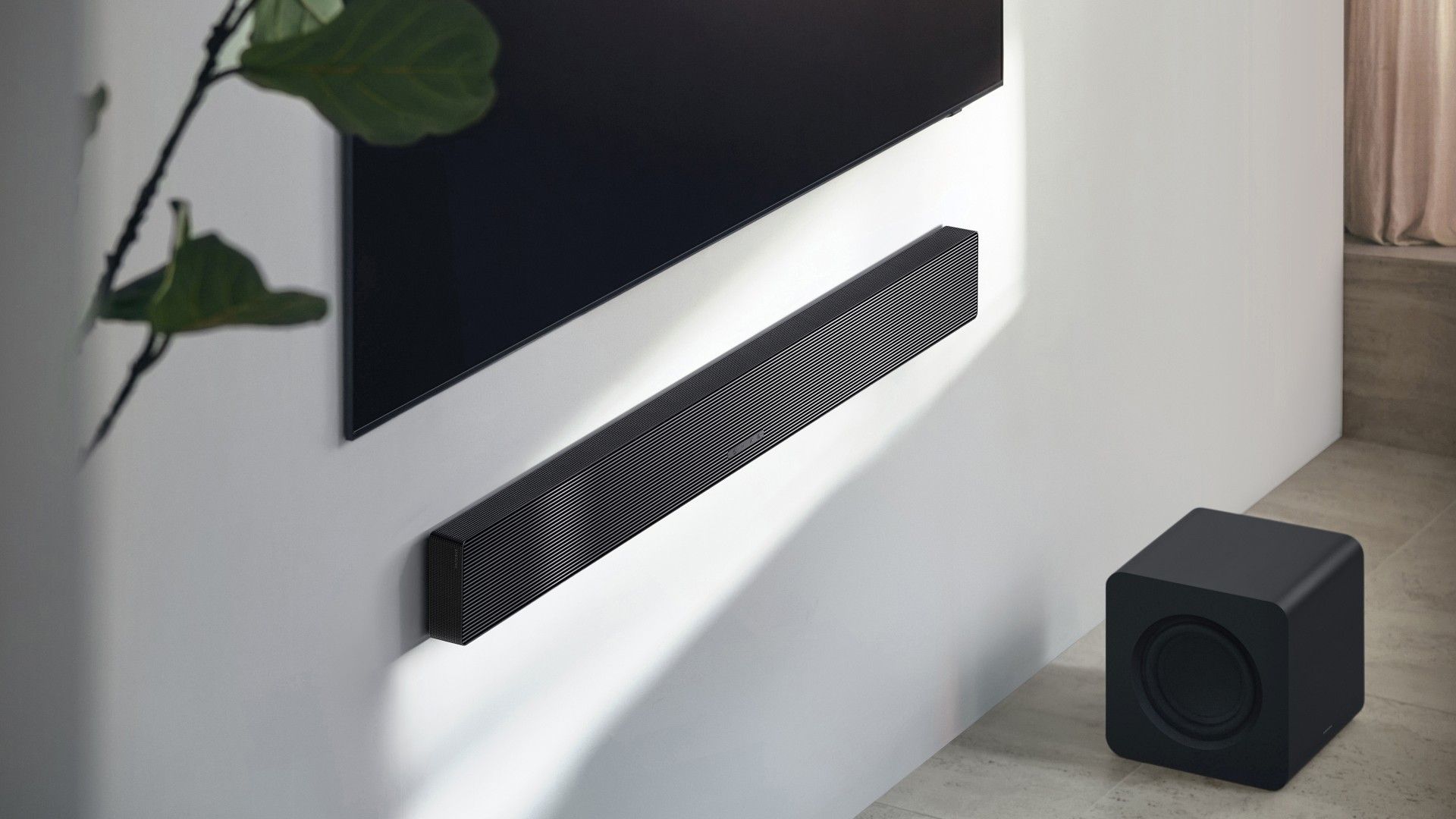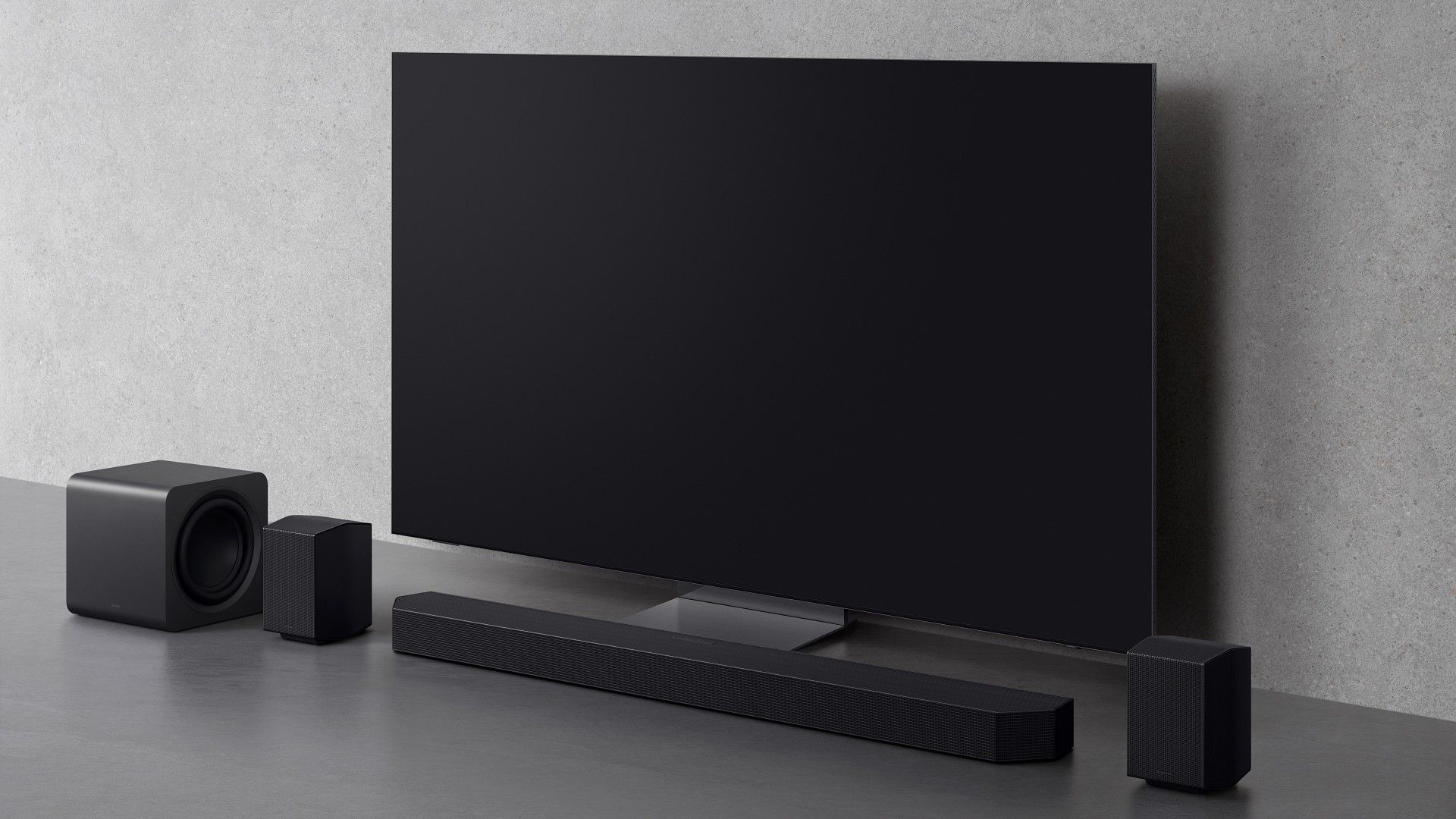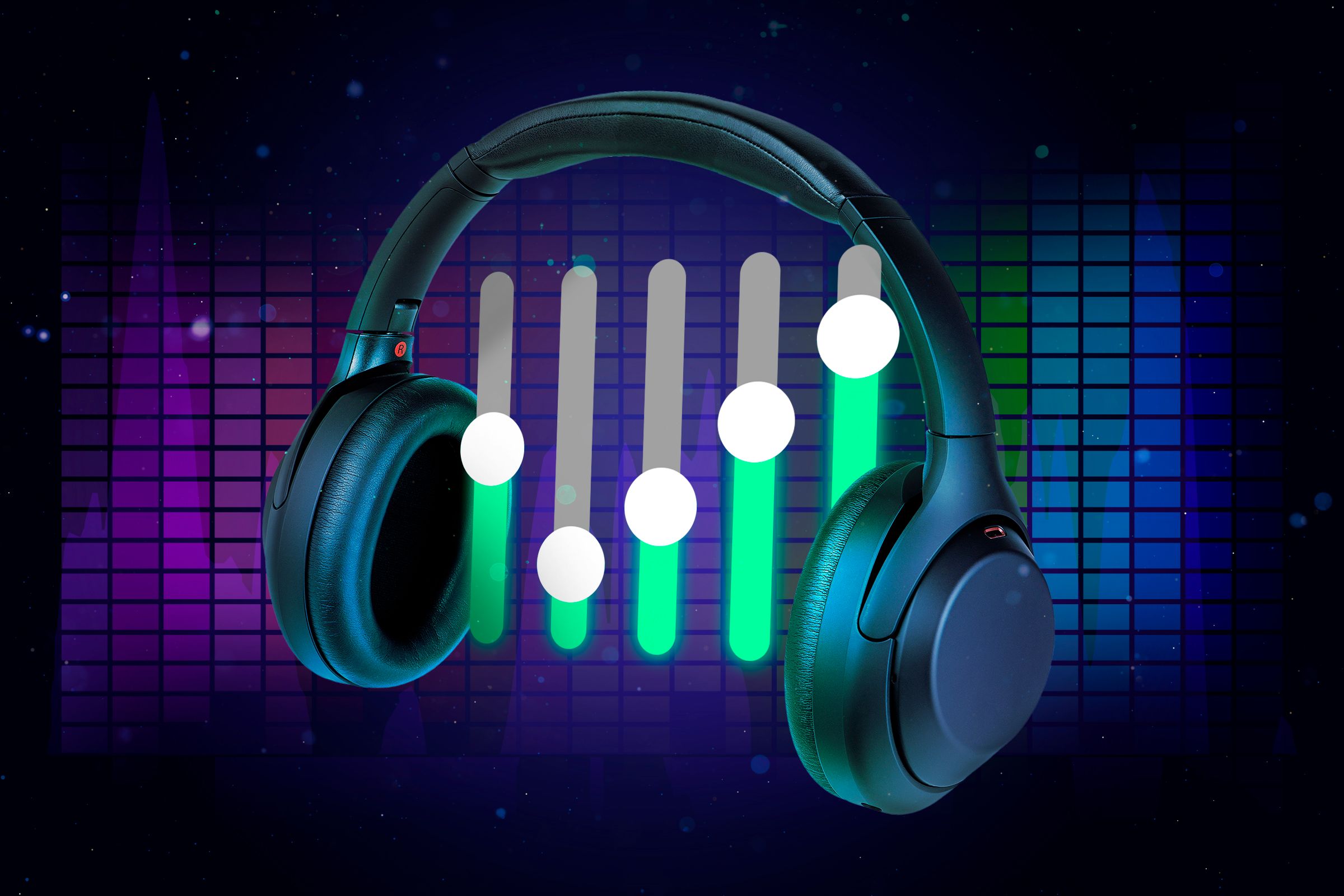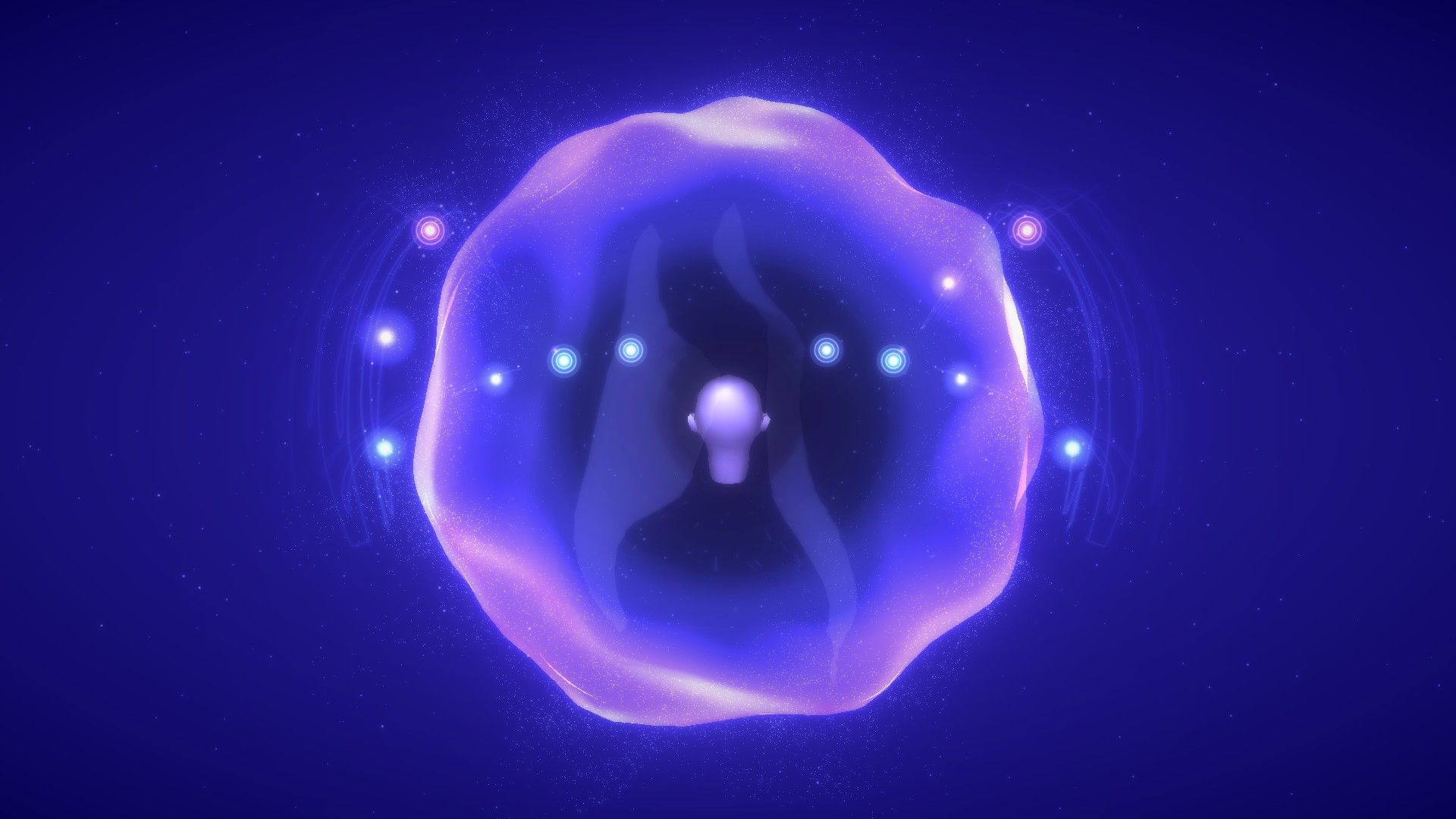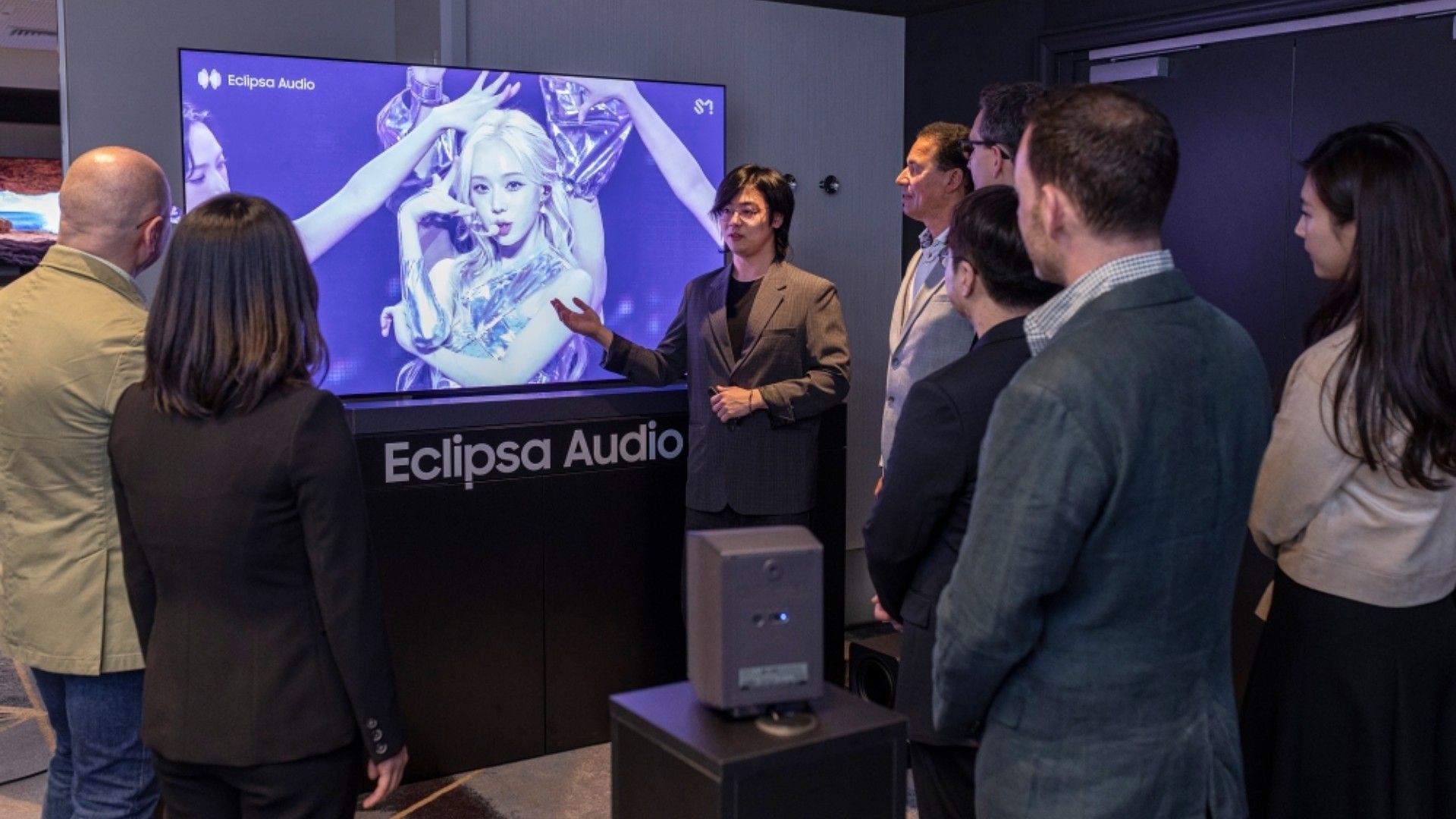Eclipsa Audio promises to democratize spatial audio technology with its open-source and royalty-free approach. But how does it work, and what differentiates it from popular surround sound formats such as Dolby Atmos and DTS:X?
zAn Open-Source 3D Surround Sound Format
Eclipsa Audio is a spatial audio or 3D surround sound format similar to Dolby Atmos and DTS:X. It’s designed to envelop listeners in an immersive soundscape by simulating audio from all directions, like in the real world. You’ll feel like you are in the middle of the action.
Spearheaded by Google and Samsung, it’s based on the Immersive Audio Model and Formats (IAMF), an open standard by the Alliance for Open Media (AOM). Google and Samsung are part of AOM alongside industry giants such as Amazon, Arm, Meta and Netflix. AOM is also the organization behind the popular AV1 video codec.
As Eclipsa Audio is based on an open standard, Google and Samsung have kept it open source and royalty-free to entice everyone from small-time content creators to big-time professionals to use it.
These are the early days for Eclipsa Audio. However, plenty is happening behind the scenes to ensure we can enjoy Eclipsa Audio content sooner rather than later. Free tools to create files in this format are already available, and the popular audio editing and mixing system Pro Tools will soon get a free Eclipsa Audio plugin.

Related
How Does It Work?
Eclipsa Audio employs a channel-based approach to creating the soundscape. In a channel-based system, specific sound sources, such as background music and primary dialogue track, are assigned to specific channels and then directed to specific speakers during playback. Eclipsa can handle up to 28 individual input channels, far more than a typical surround sound setup. It can also render sound from not only the horizontal plane but also from the vertical plane, allowing it to deliver a truly spatial audio experience.
Content creators can encode audio feeds from 28 different sources into a single Eclipsa Audio-compatible stream. Audio output devices will decode the stream and attempt to simulate the audio experience per the creator’s intent and the available sound setup.
Eclipsa Audio also supports binaural rendering, a crucial feature to deliver a convincing 3D audio performance via headphones, as they don’t have multiple speakers and channels like your home theater setup. Binaural rendering converts a multichannel audio mix into a two-channel (stereo) output designed for headphone listening.
Moreover, as IAMF, which is the basis of Eclipsa Audio, is codec-agnostic, the new 3D surround sound system can also work with multiple codecs, such as LPCM, AAC, FLAC, and Opus.
Another of Eclipsa Audio’s highlights is its optimization to work effectively in everyday listening environments, such as your home. It is said to deliver “a dynamic 3D audio effect fine-tuned for the viewer’s home environment.” This is a tall claim; only time will tell whether Eclipsa Audio can deliver on these promises.
Eclipsa Audio vs. Dolby Atmos and DTS:X
Eclipsa Audio is a significant new entrant in the spatial audio space. One of the most significant ways in which it differentiates itself from established players such as Dolby Atmos and DTS:X is by being open-source and royalty-free. While hardware manufacturers, streamers, and other content distributors must pay licensing fees to use Dolby Atmos or DTS:X, Eclipsa Audio does not have such a requirement. Even content creators end up paying Dolby by using Dolby-certified tools that often have licensing costs added to the tool costs.
The licensing costs associated with its competitors certainly give Eclipsa Audio an advantage. However, the format will find it challenging to establish itself as the Dolby and DTS audio technologies are deeply ingrained in the existing ecosystem.
The three spatial audio formats are also different on a technical level. Unlike Eclipsa, which has a simpler channel-based approach, Atmos uses a hybrid channel-based and object-based system, whereas DTS:X is completely object-based. While object-based audio is more flexible in positioning individual sound elements in a 3D soundscape, the channel-based approach is more straightforward to implement while still offering immersive sound.
A visualization of Dolby Atmos sound, showing different audio elements in 3D space.
Dolby Atmos has different setups for cinemas and home theater environments. Its cinema version can handle up to 128 audio streams, including a 9.1 channel-based “bed” and 118 audio objects. However, Atmos uses spatial coding to deliver immersive audio in the home theater environment and can handle up to 16 audio location clusters. These location clusters are dynamic and adapt to the content in real time.
DTS:X Pro, on the other hand, can handle 30.2 channels in cinema and home theater environments. These channels deliver precise sound localization for a highly immersive experience. The regular DTS:X is, however, limited to 11.1 channels.
According to the information available so far, Eclipsa Audio supports 28 channels. While this may seem lower than Atmos and DTS: X Pro, it falls within a competitive range, particularly for home theater environments, which it seems to be currently targeting.
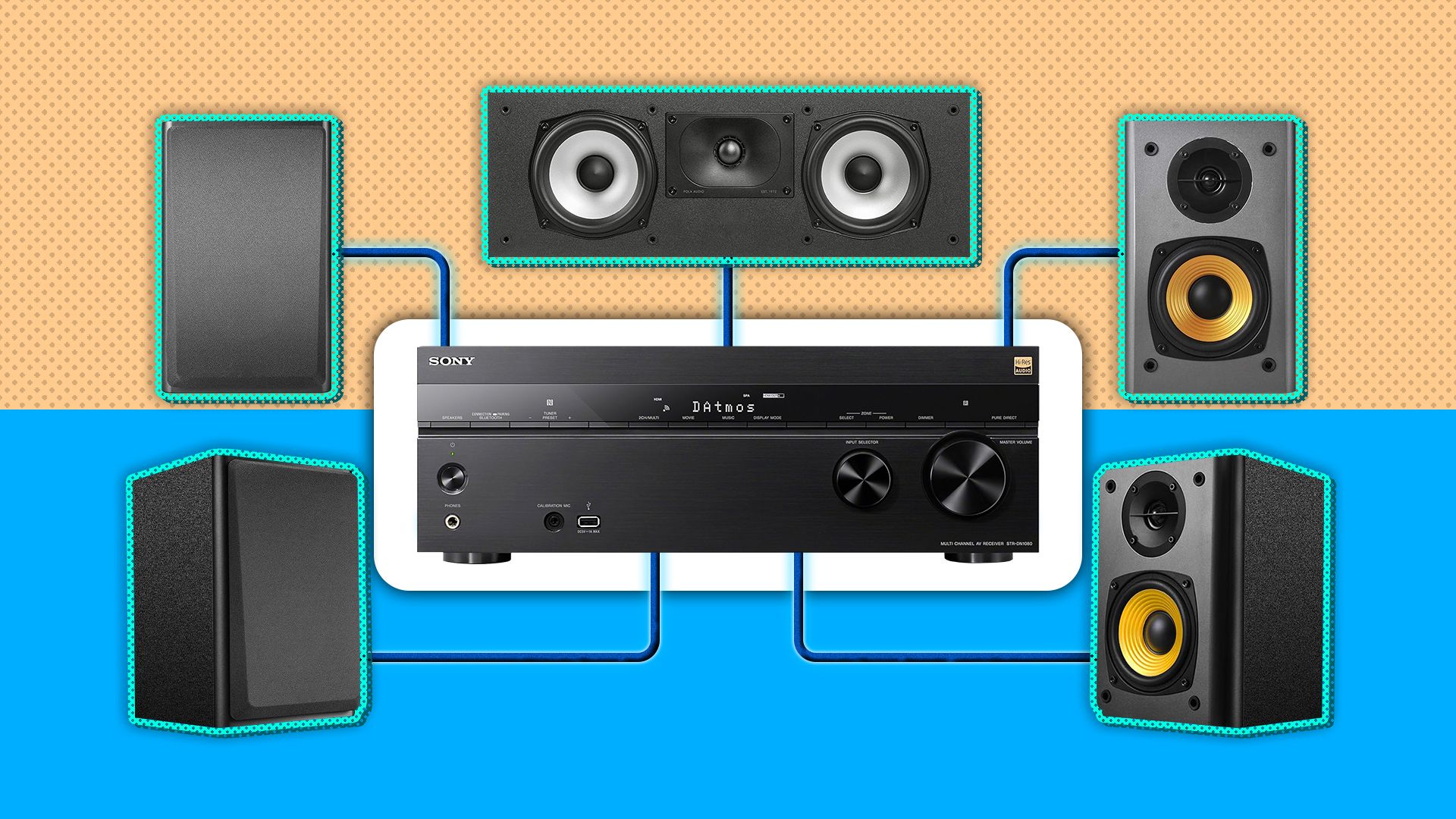
Related
How Can I Experience It?
Eclipsa Audio is an emerging spatial audio format, so it’s not widely available as of May 2025. That said, Google and Samsung have shown that both companies are deeply invested in making it successful. For example, Samsung is integrating Eclipsa Audio in its 2025 TV and soundbar lineup, across price segments.
So, if you buy a 2025 Samsung TV or soundbar, you will have the necessary hardware to enjoy Eclipsa Audio. However, Samsung is the only one bringing compatible hardware. Other TV manufacturers are said to be including Eclipsa Audio support in their future offerings. Additionally, upcoming Android, Chrome, and VLC versions will include native support for the spatial audio format, giving folks plenty of ways to play Eclipsa Audio content.
That said, hardware is just one part of the puzzle; you also need compatible content and supported content sources. On this front, YouTube will soon support videos with Eclipsa Audio, allowing your favorite content creators to include 3D surround sound in their videos. Beyond that, the content pickings seem slim, as no major production houses or streamers have yet committed to Eclipsa Audio. But we should hear more once the first hardware supporting Eclipsa Audio starts hitting the shelves.
It’s also unclear whether existing audio hardware will be able to play Eclipsa Audio content after a firmware update. But if the past is any indication, you’ll likely have to buy new audio hardware to enjoy this 3D surround sound format.
What Eclipsa Audio is trying to accomplish is genuinely interesting and exciting for the content ecosystem. It’ll give everyone an equal opportunity to include spatial audio in their content. However, the new format still has a long way to go before it can make a meaningful impact. If you’re interested in spatial audio, you may want to know why you should upgrade to spatial headphones and whether Spatial Audio sounds better on Apple Music.


